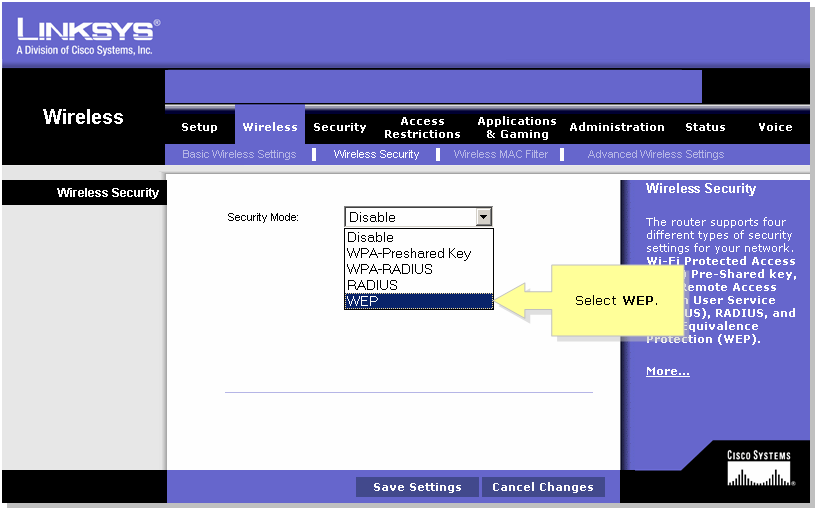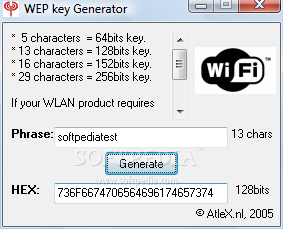32 Bit Hex Encryption Key Generator
- 32 Bit Hex Encryption Key Generator Software
- Encryption Key Generator
- Encryption Key Generator 128 Bit
- 32 Bit Hex Encryption Key Generator Free
- Aes Encryption Key Generator

Web app offering modular conversion, encoding and encryption online. Translations are done in the browser without any server interaction. This is an Open Source project, code licensed MIT. Random Byte Generator. This form allows you to generate random bytes. The randomness comes from atmospheric noise, which for many purposes is better than the pseudo-random number algorithms typically used in computer programs. The Firewall.cx Wireless LAN Key Generator will allow the generation of a WEP or WPA ASCII based encryption key and will provide the equivalent HEX or ASCII string so it can be inserted directly into a Cisco Access Point configuration. WEP Key Generator. To generate a random WEP key, select the bit key length to generate and press the corresponding button; the ASCII or HEX key can then be copied to your clipboard manually or via the copy to clipboard button to the right of the generated key text field.
40-bit encryption refers to a key size of forty bits, or five bytes, for symmetric encryption; this represents a relatively low level of security. Windows 8.1 pro key generator 2014. A forty bit length corresponds to a total of 240 possible keys. Although this is a large number in human terms (about a trillion), it is possible to break this degree of encryption using a moderate amount of computing power in a brute-force attack, i.e., trying out each possible key in turn.
32 Bit Hex Encryption Key Generator Software
Description[edit]
A typical home computer in 2004 could brute-force a 40-bit key in a little under two weeks, testing a million keys per second; modern computers are able to achieve this much faster. Using free time on a large corporate network or a botnet would reduce the time in proportion to the number of computers available.[1] With dedicated hardware, a 40-bit key can be broken in seconds. The Electronic Frontier Foundation's Deep Crack, built by a group of enthusiasts for US$250,000 in 1998, could break a 56-bit Data Encryption Standard (DES) key in days,[2] and would be able to break 40-bit DES encryption in about two seconds.[3]
40-bit encryption was common in software released before 1999, especially those based on the RC2 and RC4 algorithms which had special '7-day' export review policies,[citation needed] when algorithms with larger key lengths could not legally be exported from the United States without a case-by-case license. 'In the early 1990s .. As a general policy, the State Department allowed exports of commercial encryption with 40-bit keys, although some software with DES could be exported to U.S.-controlled subsidiaries and financial institutions.'[4][5] As a result, the 'international' versions of web browsers were designed to have an effective key size of 40 bits when using Secure Sockets Layer to protect e-commerce. Similar limitations were imposed on other software packages, including early versions of Wired Equivalent Privacy. In 1992, IBM designed the CDMF algorithm to reduce the strength of 56-bit DES against brute force attack to 40 bits, in order to create exportable DES implementations.
Obsolescence[edit]
All 40-bit and 56-bit encryption algorithms are obsolete, because they are vulnerable to brute force attacks, and therefore cannot be regarded as secure.[6][7] As a result, virtually all Web browsers now use 128-bit keys, which are considered strong. Most Web servers will not communicate with a client unless it has 128-bit encryption capability installed on it.
Public/private key pairs used in asymmetric encryption (public key cryptography), at least those based on prime factorization, must be much longer in order to be secure; see key size for more details.
As a general rule, modern symmetric encryption algorithms such as AES use key lengths of 128, 192 and 256 bits.
Encryption Key Generator
See also[edit]
Footnotes[edit]
- ^Schneier 1996, p. 154.
- ^EFF-1998.
- ^Schneier 1996, p. 153.
- ^Grimmett 2001.
- ^Schneier 1996, p. 615.
- ^University of California at Berkeley Public Information Office (January 29, 1997). 'The only legally exportable cryptography level is totally insecure; UC Berkeley grad student breaks challenge cipher in hours'. The Regents of the University of California. Retrieved December 14, 2015.
This is the final proof of what we've known for years: 40-bit encryption technology is obsolete.
- ^Fitzmaurice, Ellen; Tamaki, Kevin (June 1, 1997). 'Decoding the Encryption Debate: U.S. export restrictions and 'key recovery' policies are ineffectual as well as burdensome to business'. Los Angeles Times. Retrieved December 14, 2015.
But recent advances in computing technology have rendered 40-bit encryption dangerously weak and export limits commercially obsolete.
Encryption Key Generator 128 Bit
References[edit]
32 Bit Hex Encryption Key Generator Free

- 'Frequently Asked Questions (FAQ) About the Electronic Frontier Foundation's 'DES Cracker' Machine'. Electronic Frontier Foundation. July 16, 1998. Archived from the original on September 18, 2012. Retrieved March 23, 2012.
- Grimmett, Jeanne J. (2001). Encryption Export Controls(pdf) (Report). Congressional Research Service Report RL30273.
- Schneier, Bruce (1996). Applied Cryptography (Second ed.). John Wiley & Sons. ISBN0-471-11709-9.